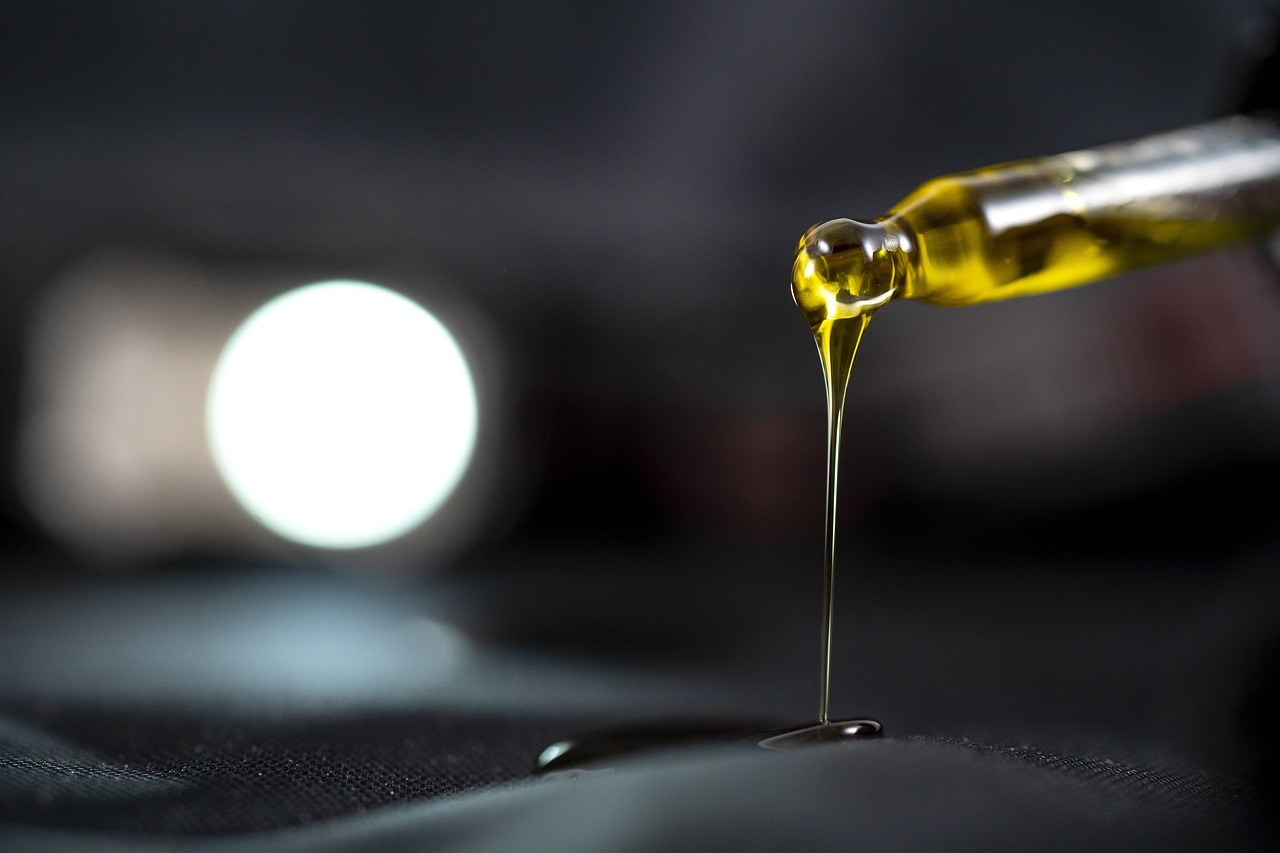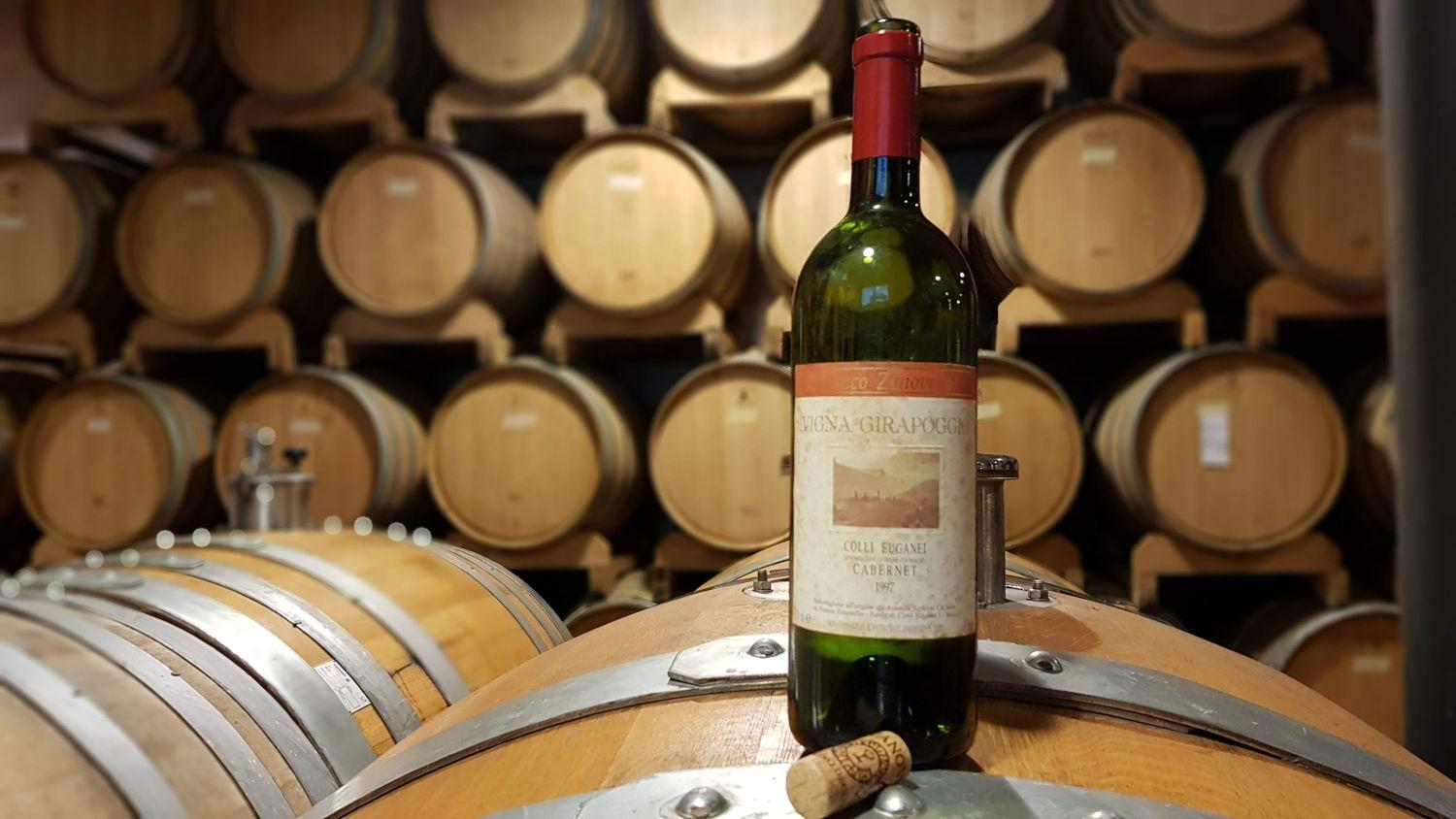
Aging wines: how long to wait?

Aging wines: how long to wait?
Over the years, wine undergoes surprising transformations, but how long should one wait? Although there is not a fixed rule, we can provide useful guidelines.
The longevity of a wine is closely linked to the content of substances such as minerals, tannins, sugars, acids, alcohol and more. A key indicator is the dry extract, which is the amount of substances remaining in the wine after complete evaporation of the liquid components. The higher the dry extract, the greater the wine's evolutionary capacity.
The concentration of dry substance depends on various factors, including the vintage, winemaking practices and the type of aging applied. In general, red wines and sweet wines, especially those rich in tannins and alcohol, tend to age better than white wines, especially if the latter have low levels of alcohol or acidity.
The secrets of aging
The aging of wine is a slow oxidation process through which much more complex and rich scents and flavours develop compared to those expressed by young wine. Let's see together how the various components behave with aging.
- Acidity: over time, the acids in the wine (malic, tartaric, lactic, citric) tend to soften and the pronounced freshness gives way to a smooth taste, making the wine more "rounded."
- Tannin: tannin in young wines tends to give a rough and astringent sensation. With aging, its molecules undergo polymerization, forming longer and heavier chains, which, when precipitating, give the wine sensations of roundness and smoothness.
- Mineral salts: over time, mineral salts tend to precipitate, making the sip less savory, thus more imbalanced towards softness.
- Aromas: even the olfactory notes transform, transitioning from fresher and floral scents to typically tertiary aromas.
Aging of red wines
Red wines are known for their ability to evolve in the bottle over time, offering emotions sometimes even after thirty or forty years. To understand the stage of evolution of a wine, visual, olfactory and gustatory analysis come to our aid.
The hue and liveliness of the wine's colour can reveal a lot about its evolutionary state: a young red wine presents purplish-red or ruby shades, while a more mature wine tends towards darker tones such as garnet red or orange.
From an olfactory perspective, young red wines offer vinous aromas, as well as fresh fruit and flowers. Over time, these molecules combine to produce scents of ripe fruit, balsamic notes, spices and toasted aromas, culminating in ethereal sensations.
On the palate, red wines over time deliver softer and rounder sensations thanks to the polymerization of tannins.
Aging of white wines
Regarding the aging of white wines, intriguing facets emerge: unlike red wines, white wines are usually seen as products to be consumed quickly, preferably within the first few years of their life. However, white wines also undergoe an evolutionary process and when the structure allows it, they can offer surprising expressions for over 10 years. An example are our white wines from the Zanovello Selections, which, if aged for a few years in the bottle, achieve excellent complexity while always maintaining good freshness and drinkability.
Over the years, the colour of white wines shift from straw yellow or greenish to more intense shades like golden yellow or amber.
The aromas of white wines, initially characterized by fresh flowers and crisp white and yellow fruits, transform into notes of ripe or candied fruit, with mineral hints and ethereal nuances. The bouquet becomes more complex and rich, offering a wide range of olfactory sensations.
In the taste and olfactory analysis of white wine, attention focuses on acidity, which tends to decrease over time, giving the wine greater smoothness. Other sensations, such as savoriness, follow a similar trend, making room for the soft notes offered by alcohol, polyols and sugars (where present).
In general, in the evolution of white wines, one appreciates the harmonious integration of aromas and flavours, a quality often not perceptible in younger white wines.
Temperature and aging time
Optimal storage of wine enhances its expressiveness. To ensure proper storage, it is crucial to pay attention to various factors including temperature, humidity and protection from sunlight.
The room temperature, preferably in a vibration-free cellar, should never exceed 20°C and it is even better if it stays between 10°C and 15°C. High temperatures or significant temperature fluctuations can activate oxidative processes in the wine, shortening its lifespan.
The ideal humidity level in the room should range between 50% and 80%, although a minimum of 30% may be acceptable for proper storage. Keeping wine away from heat sources and sunlight is crucial, as UV rays can penetrate the bottle, compromising the wine's quality due to oxidation.
Let's not forget about the closure of the bottle, a fundamental element in wine preservation. If it is made of cork, it is best for it to remain in contact with the liquid, so it does not dry out and avoid excess oxygen from entering the bottle. For this reason bottles are stored horizontally.
The ideal environment for wine aging is a dark and humid cellar. However, as a modern alternative, wine coolers or aging cabinets offer practical solutions. Some of them have affordable measurements and prices suitable even for home use, ensuring a controlled environment to preserve wine over time.
We have understood how to store wine, but for how long should we do it? With so many variables at play, unfortunately we cannot provide specific rules. Our advice is to consult the producer of each wine or simply search for technical sheets online; often, the ideal consumption time is indicated. It is also important to consider personal taste: do we prefer wines with more pronounced freshness, robust tannins or intense savoriness? In that case, we might opt for quicker consumption. If, instead, we appreciate wines with greater smoothness, aromatic complexity and pronounced structure, we might want to wait before uncorking our bottles, regardless of whether they are white or red.
